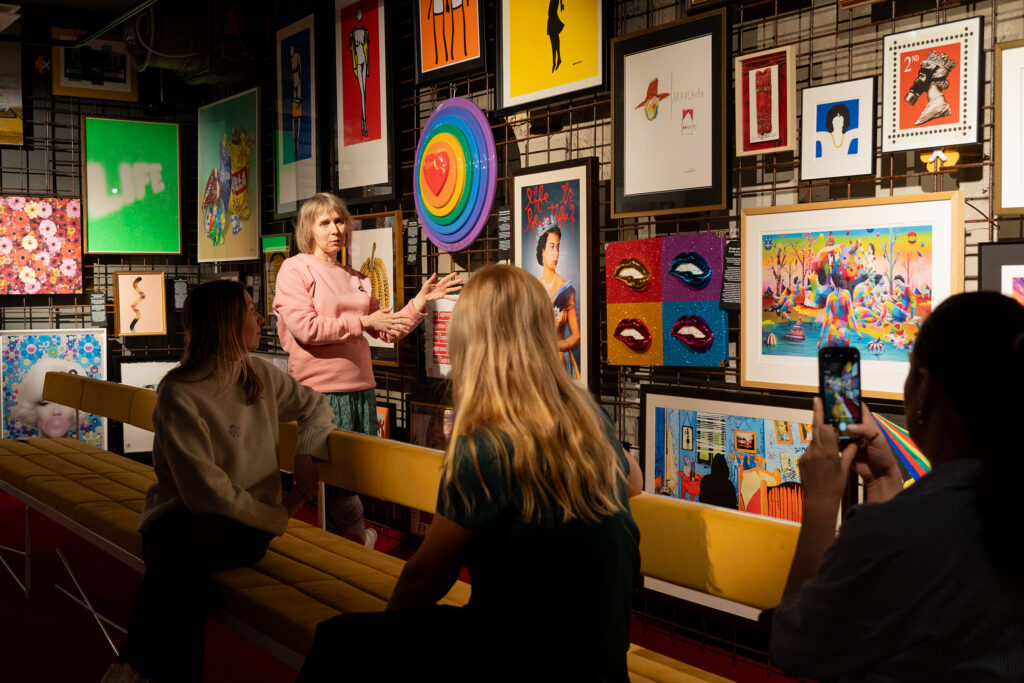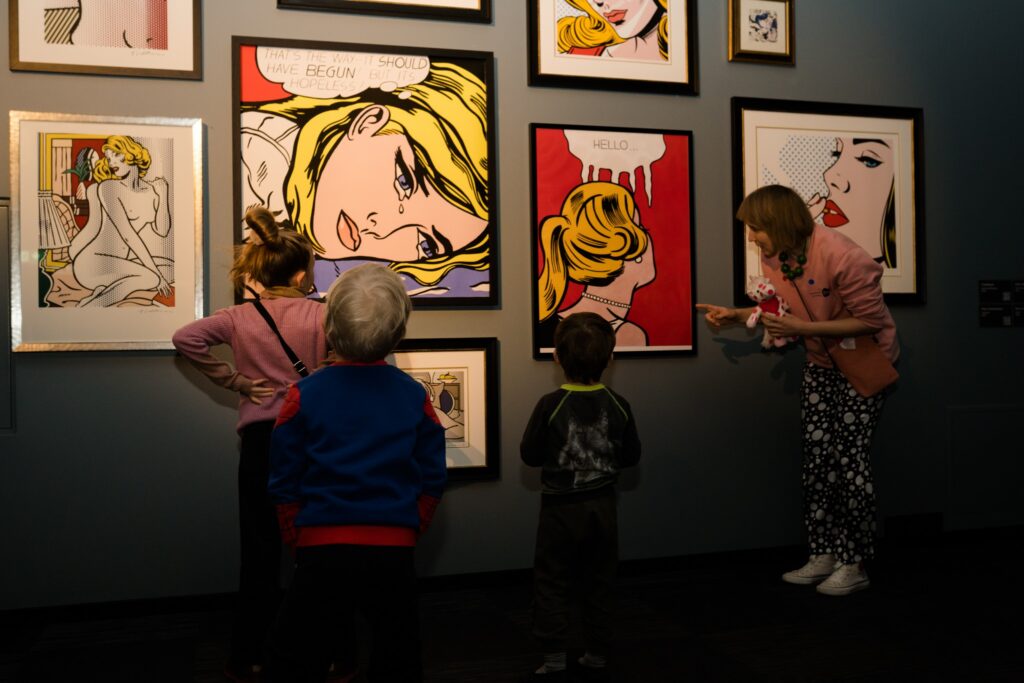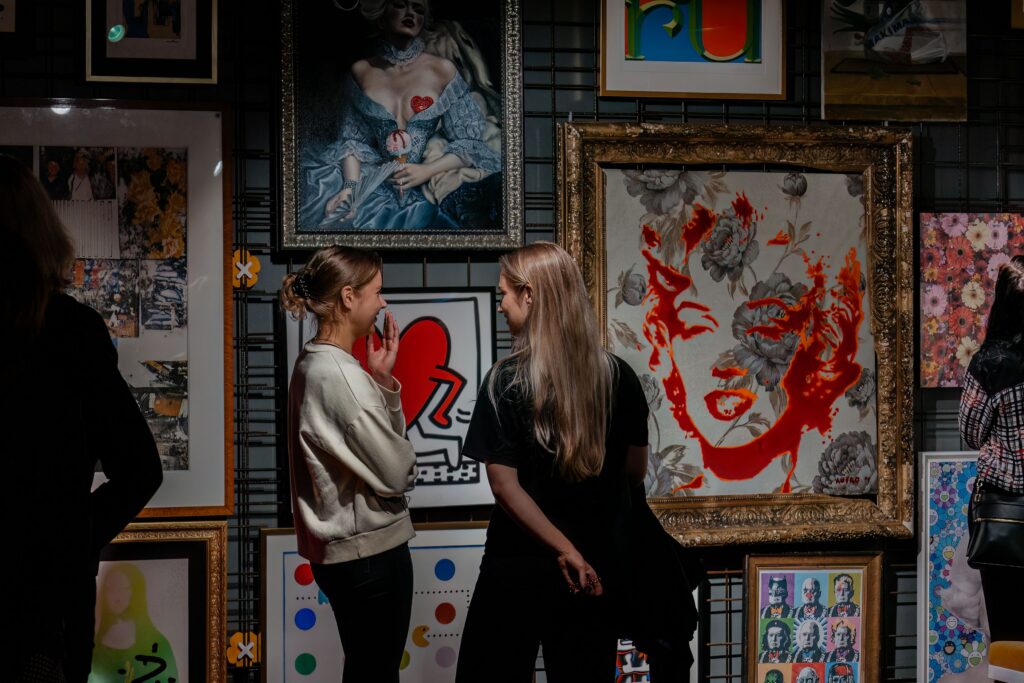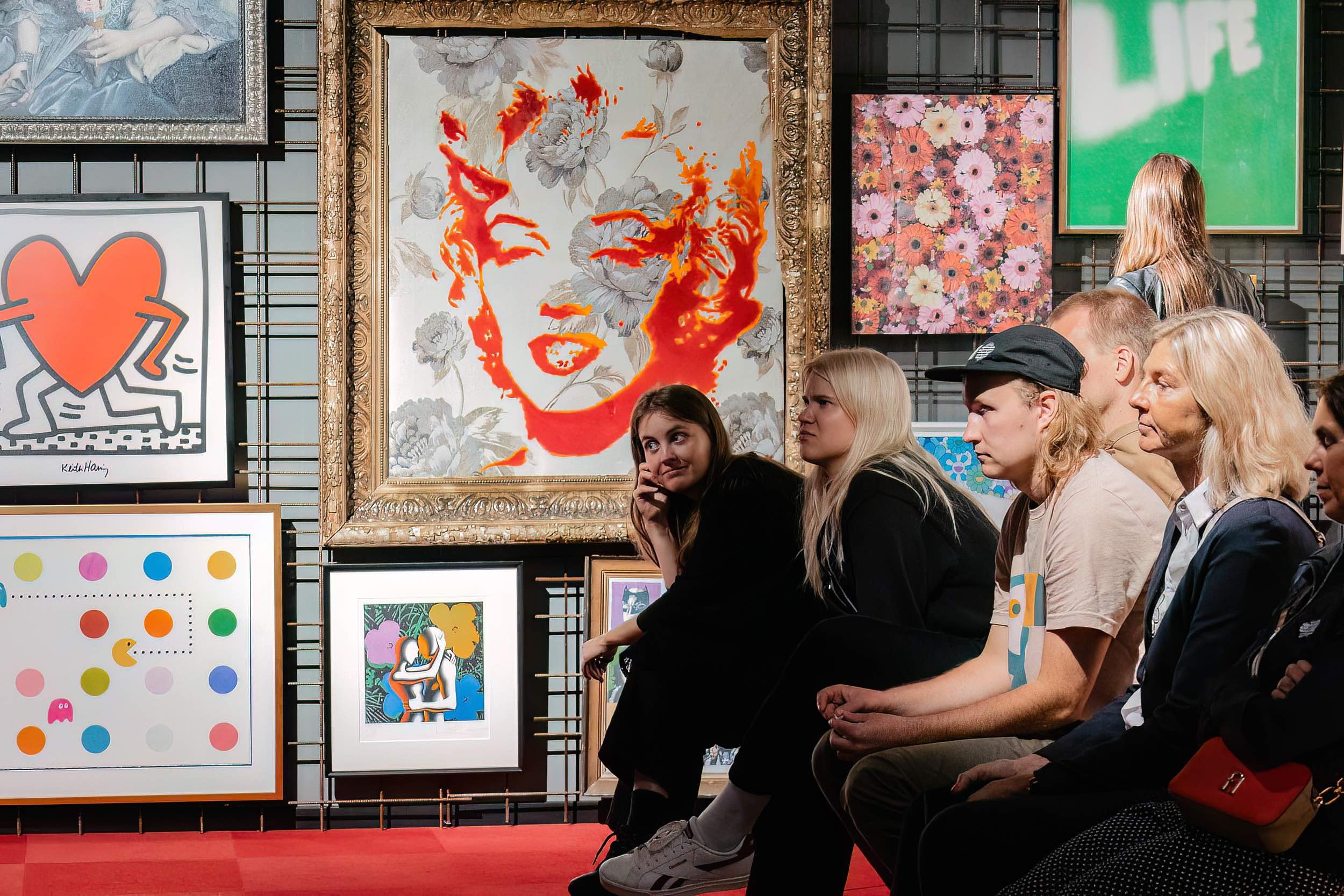Description
Art is on the Street encourages students to notice and think about the creations in urban spaces. The museum lesson focuses on the artworks of three artists: American Pop and street artist Keith Haring, world-famous anonymous street artist Banksy, and Estonian street artist Edward von Lõngus. We will create clarity in the terms: graffiti, street art, and mural. The lesson explores the origins of graffiti, highlights the relevance of street art, and discusses how history has influenced the status of illegal street art.
Objectives
The student:
- expresses his/her opinion on street art and gives examples of street art seen in urban spaces.
- knows when and how graffiti began and street art grew out of it;
- understands how social and technological changes have changed the status of illegal street art;
- becomes familiar with the work of American Pop and street artist Keith Haring, the world’s most famous anonymous street artist Banksy, and Estonian street artist Edward von Lõngus;
- is able to distinguish and explain the terms graffiti, street art, and mural;
Before and after
Before the museum lesson, students can be given the task of noticing and capturing street art on their daily walks. It would be important to photograph works that speak to them and works that leave them indifferent or even offended. Then, you can analyze which aspects of the artworks influence the students’ assessments (for example message, style, execution, location, size, etc.).
After the museum lesson, the student can do a creative project where they can sketch out their own possible street artwork. Namely, if the student puts themselves in the role of a street artist, what would they create and why would they want to share it with the public!? It is definitely worth watching documentaries that reflect the work of street artists.







